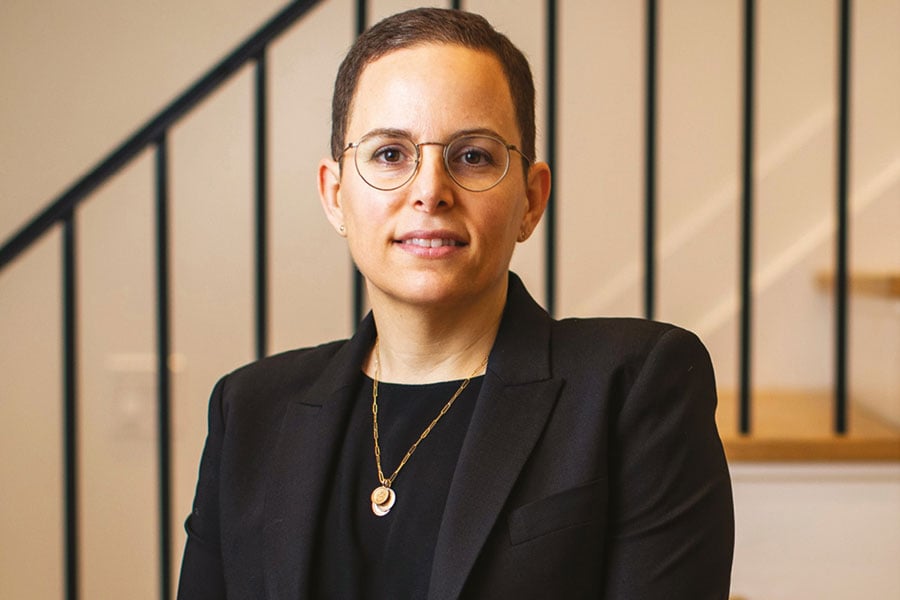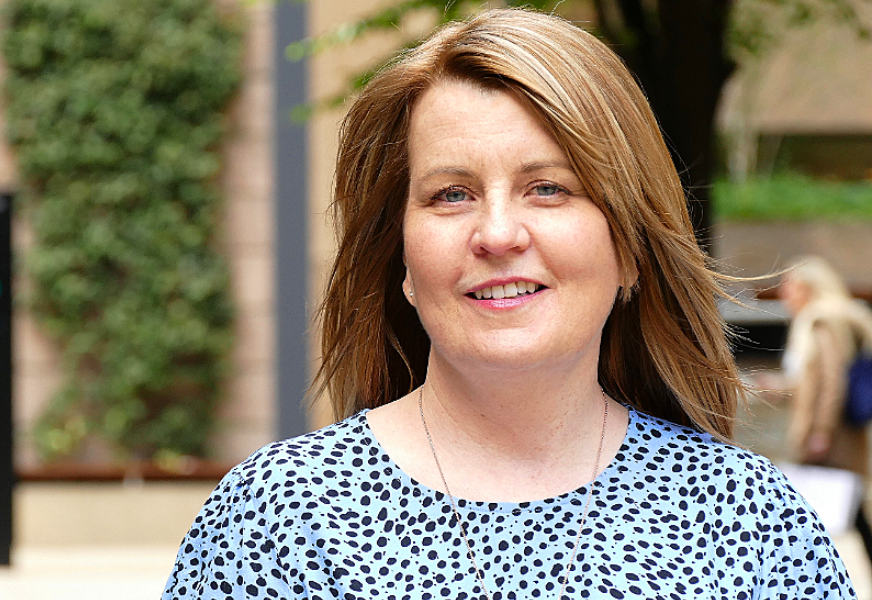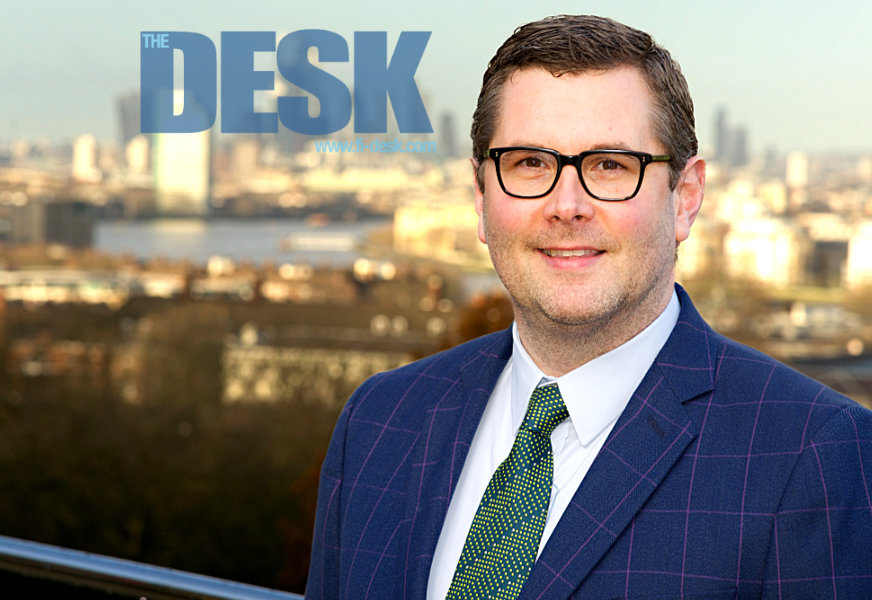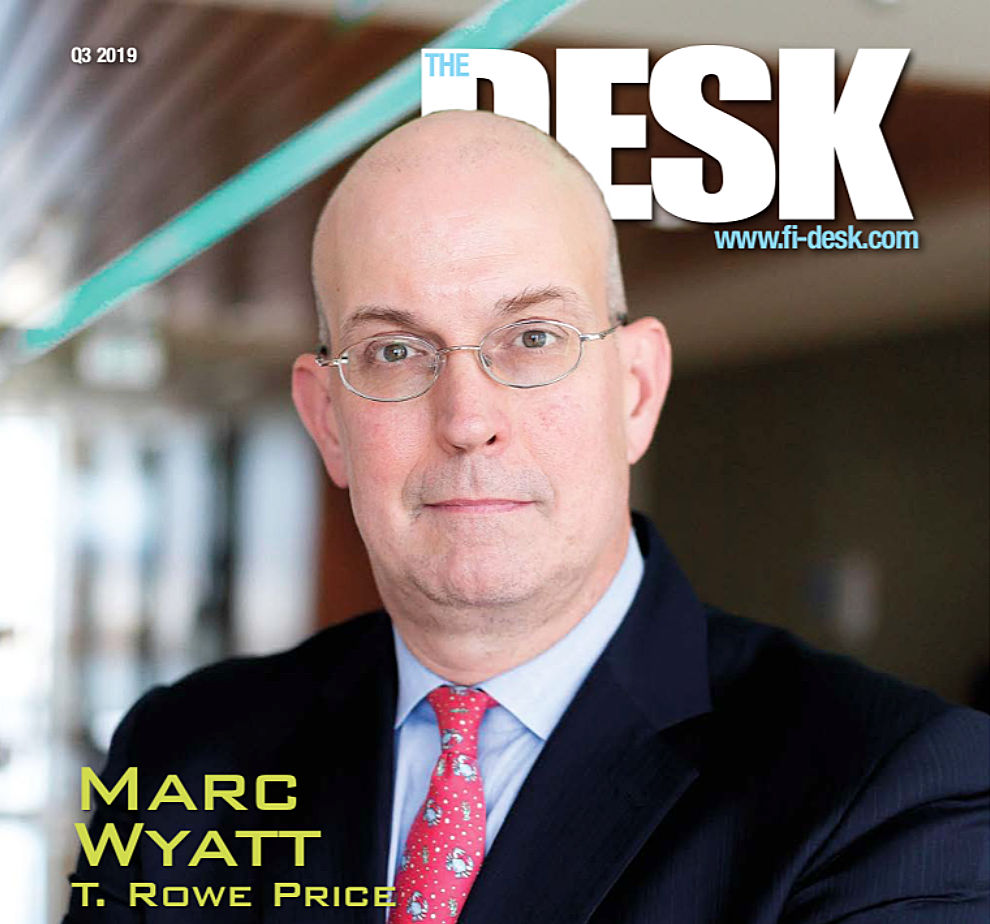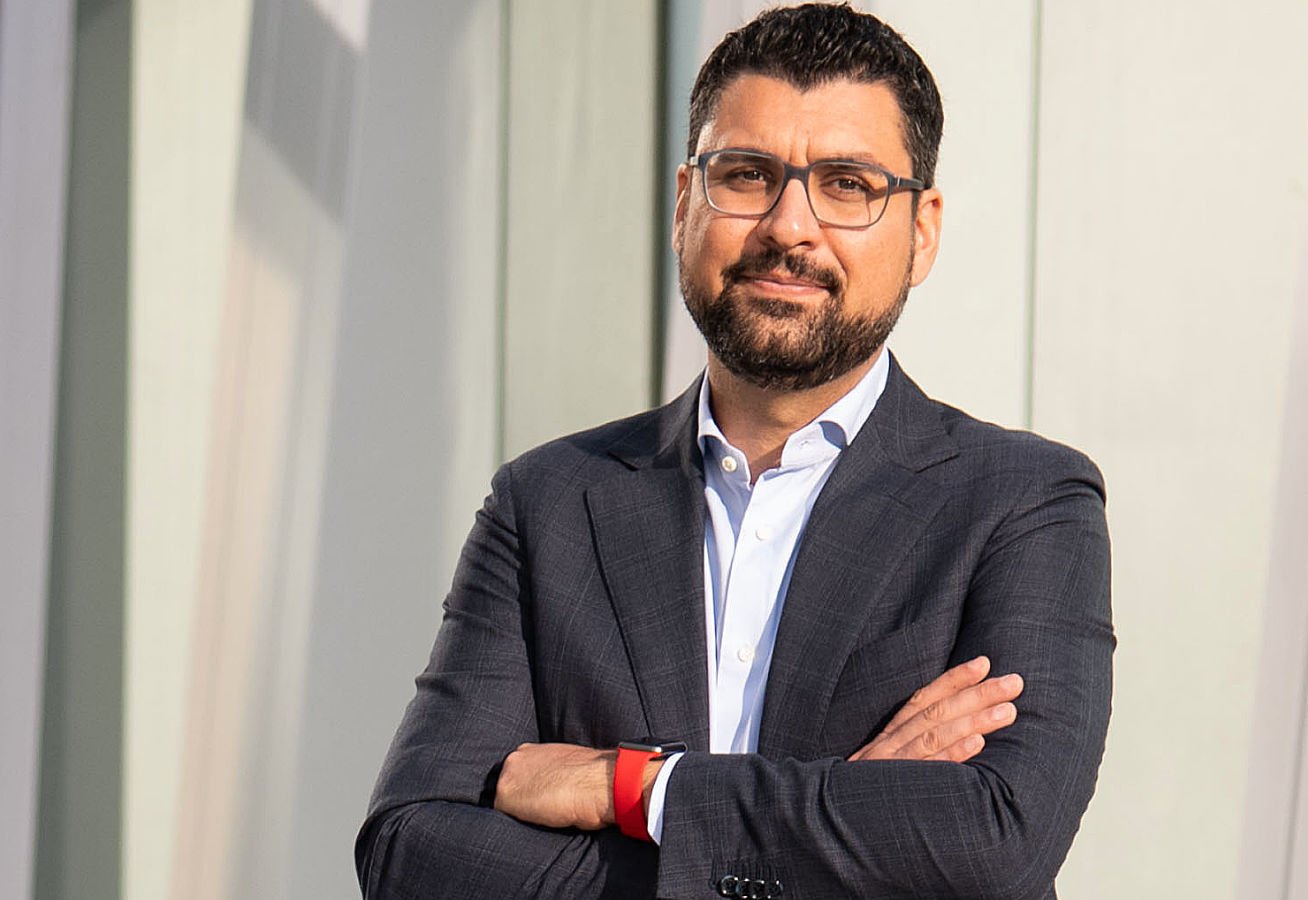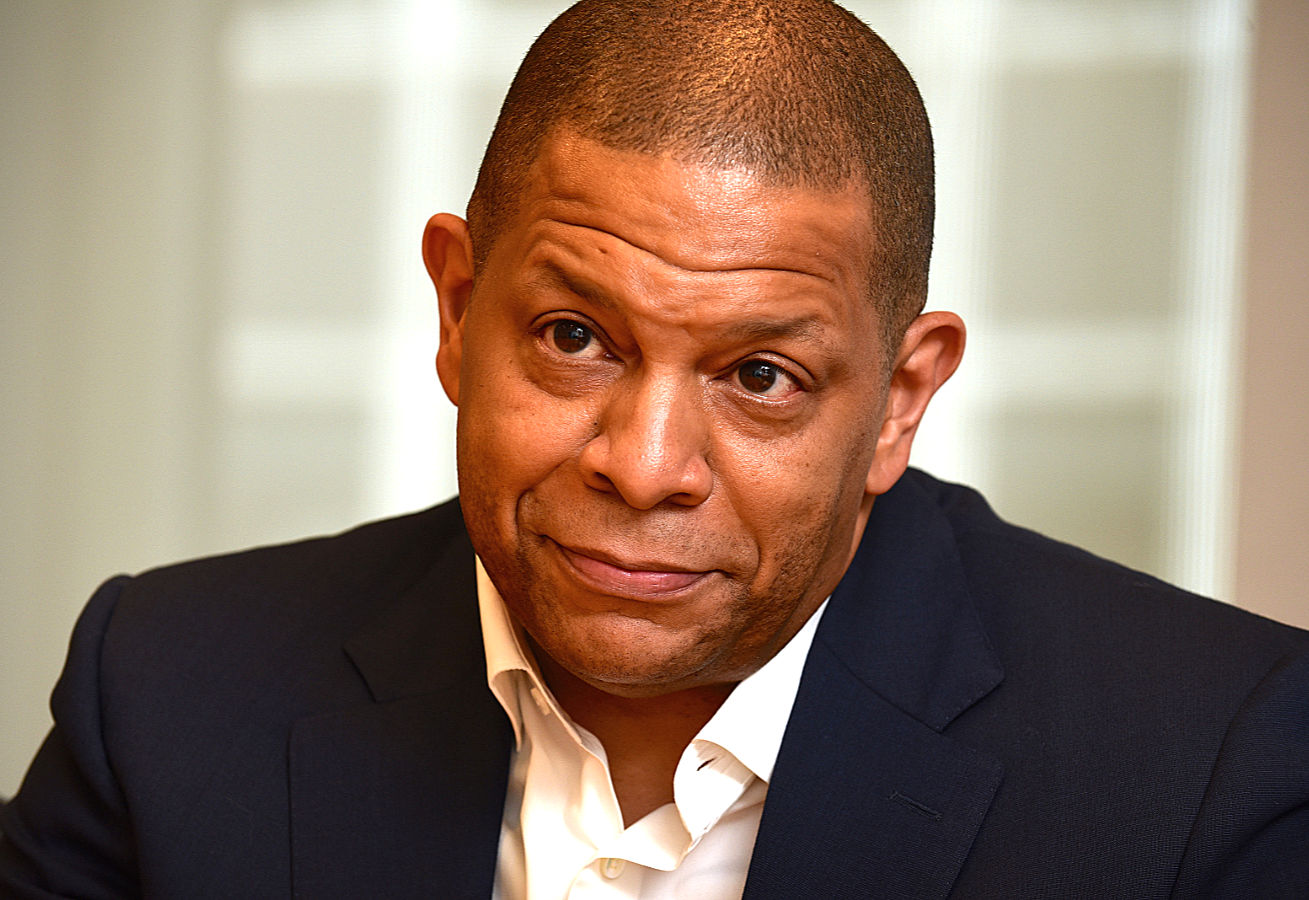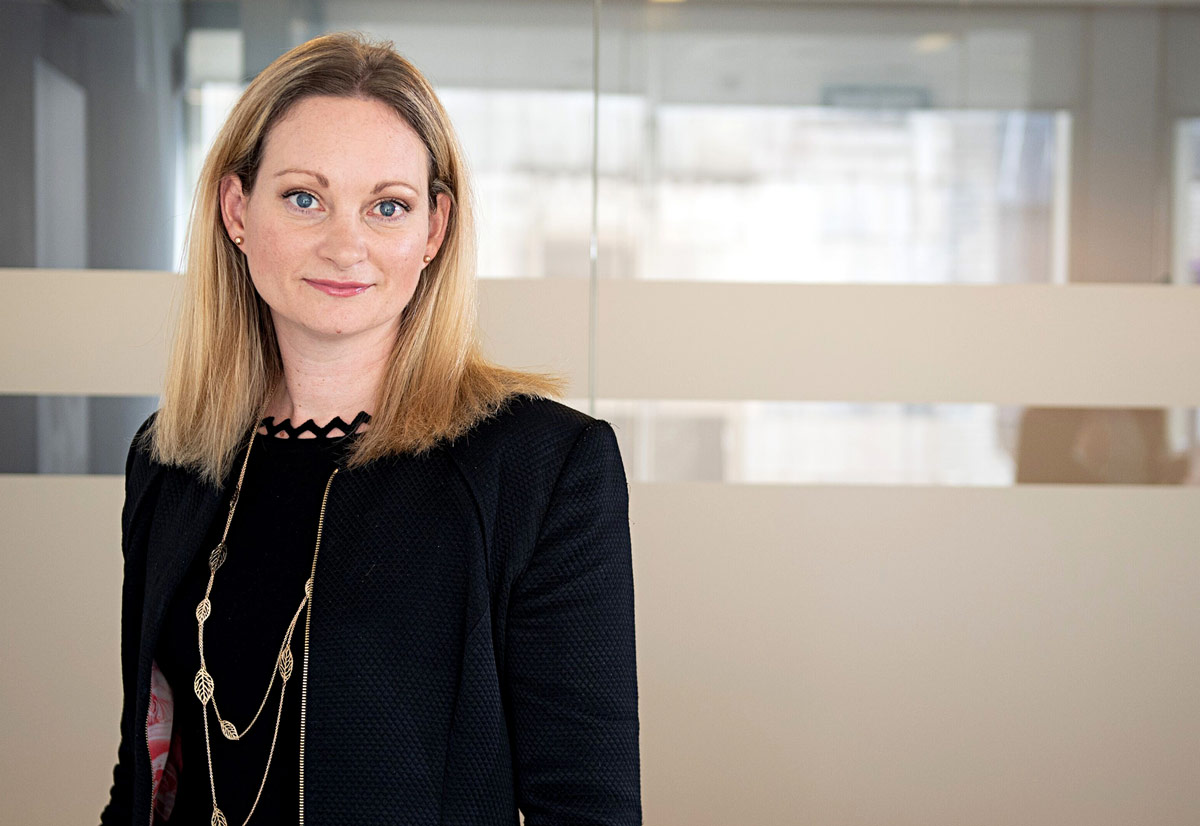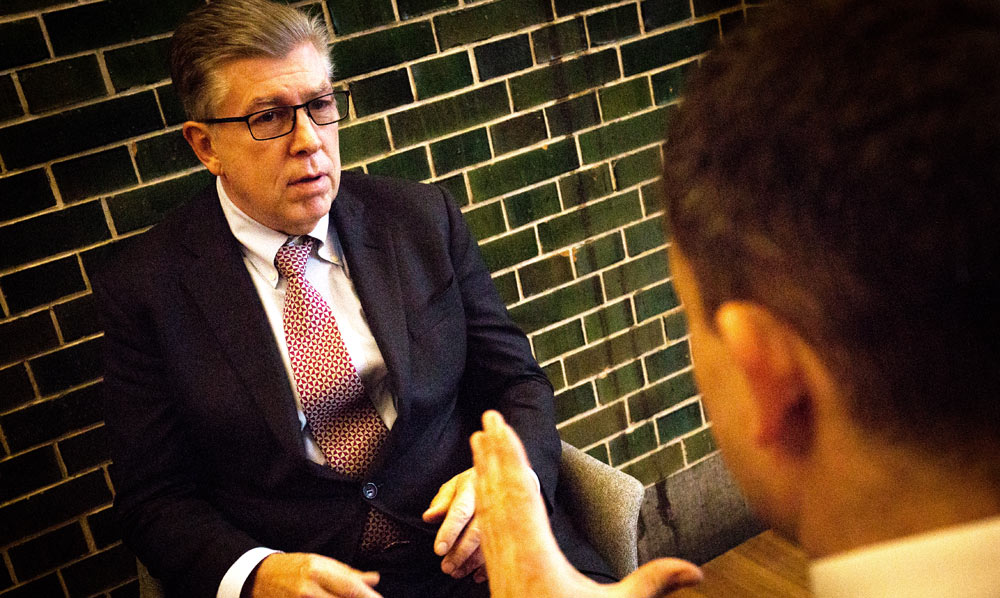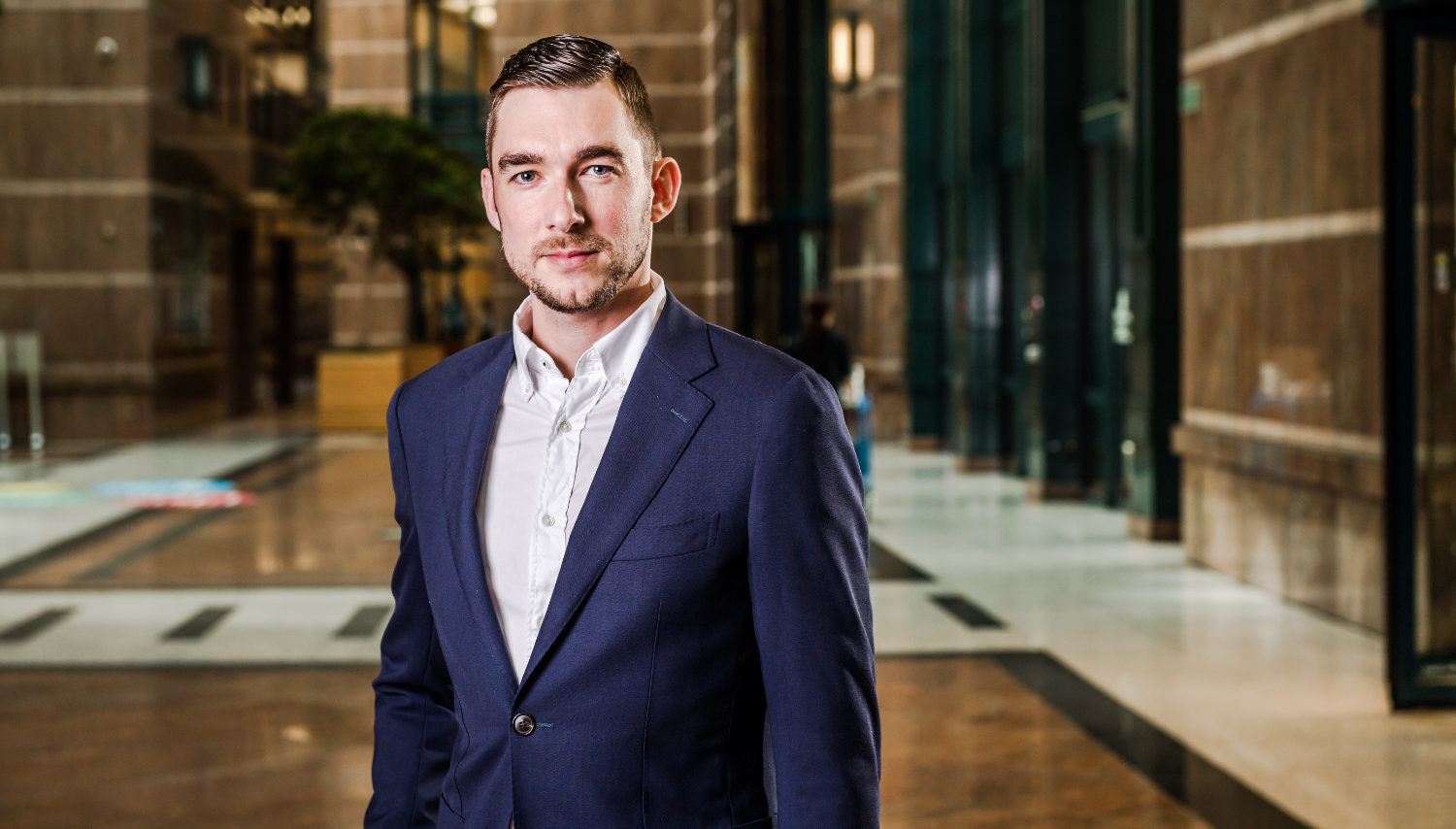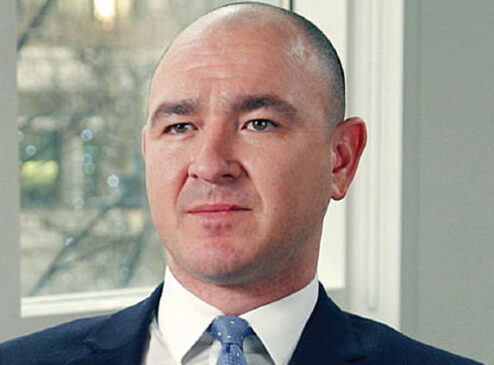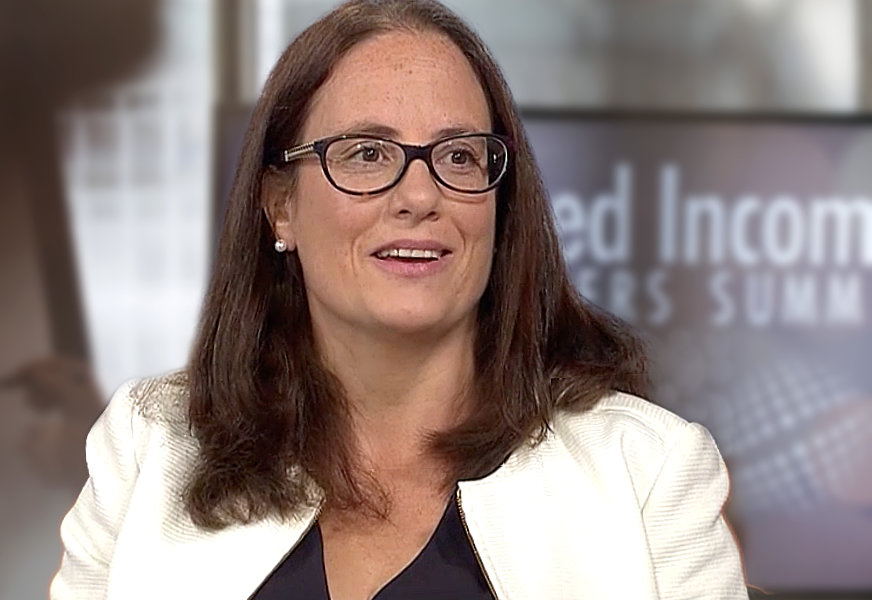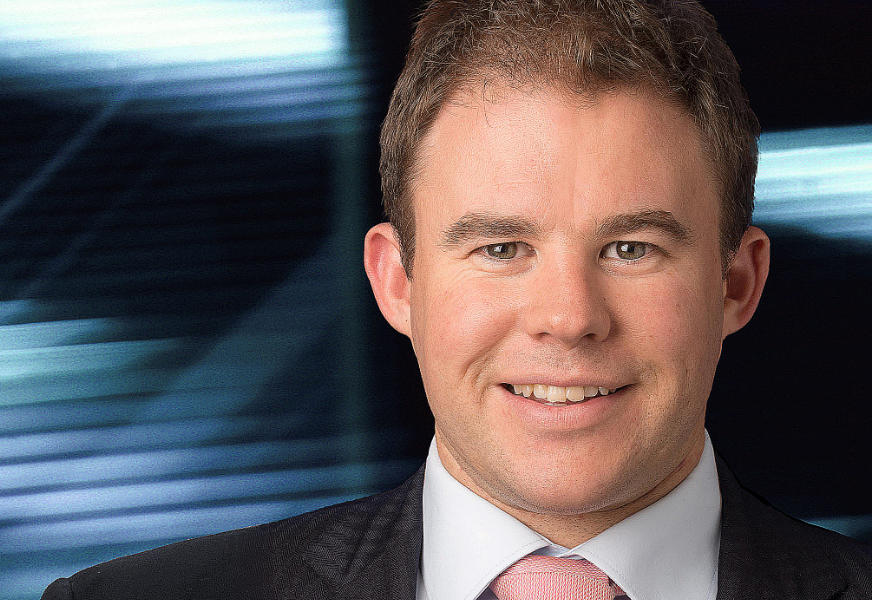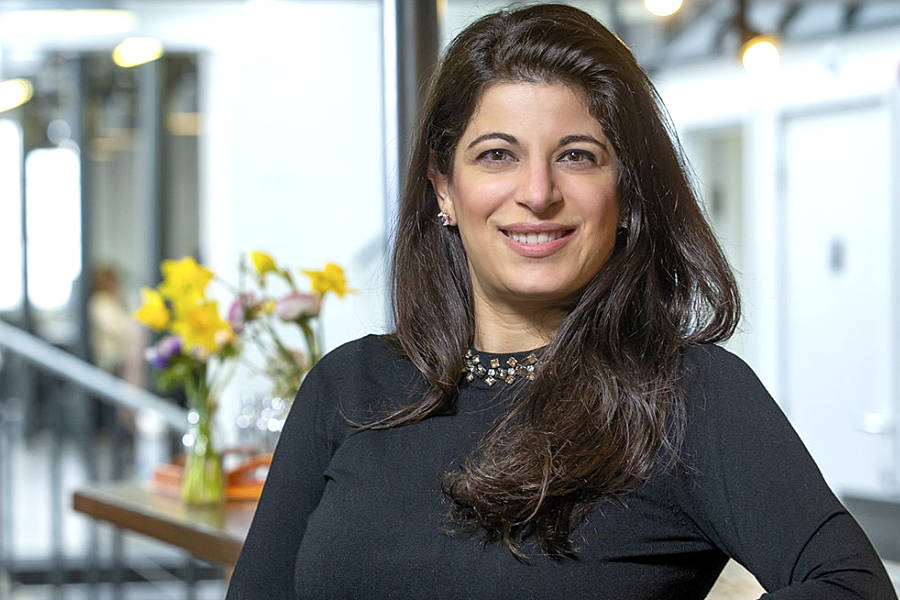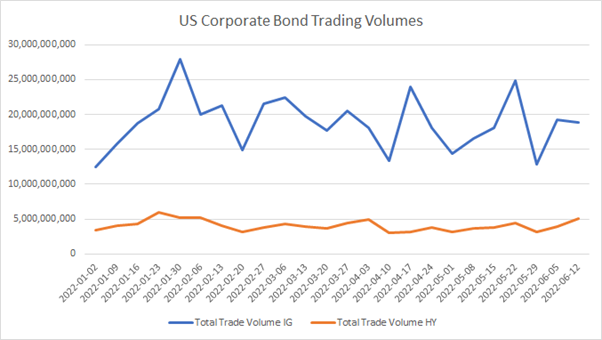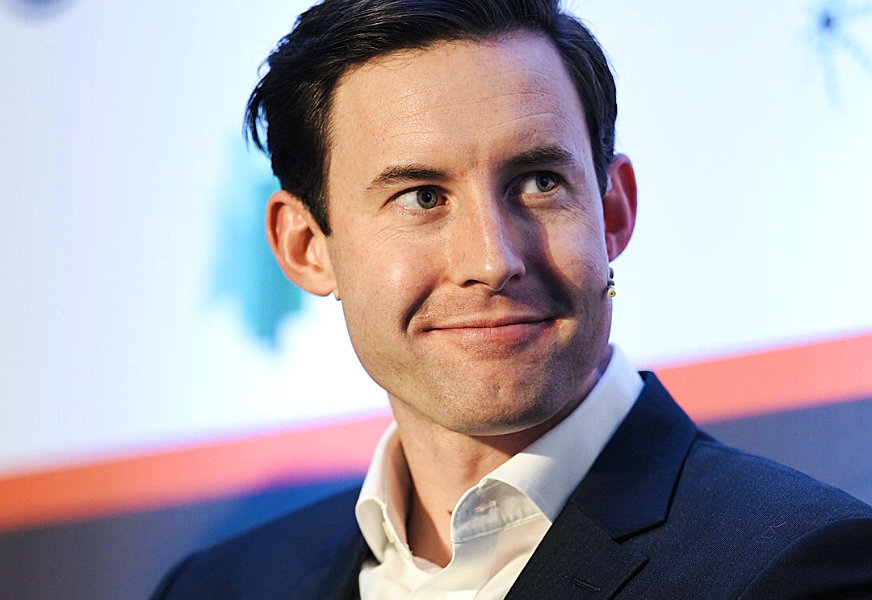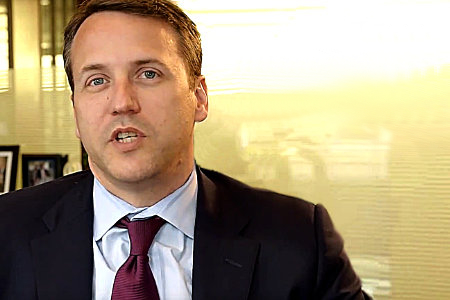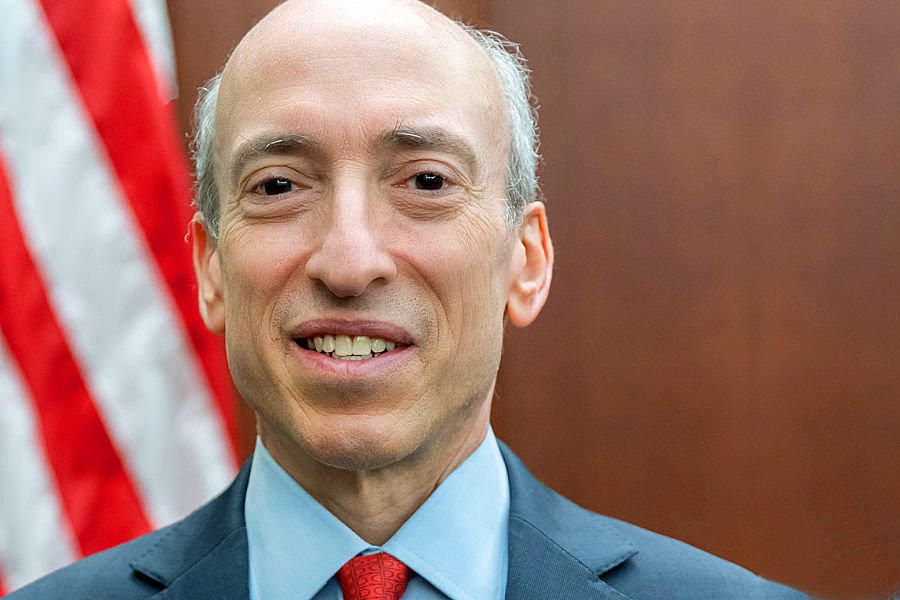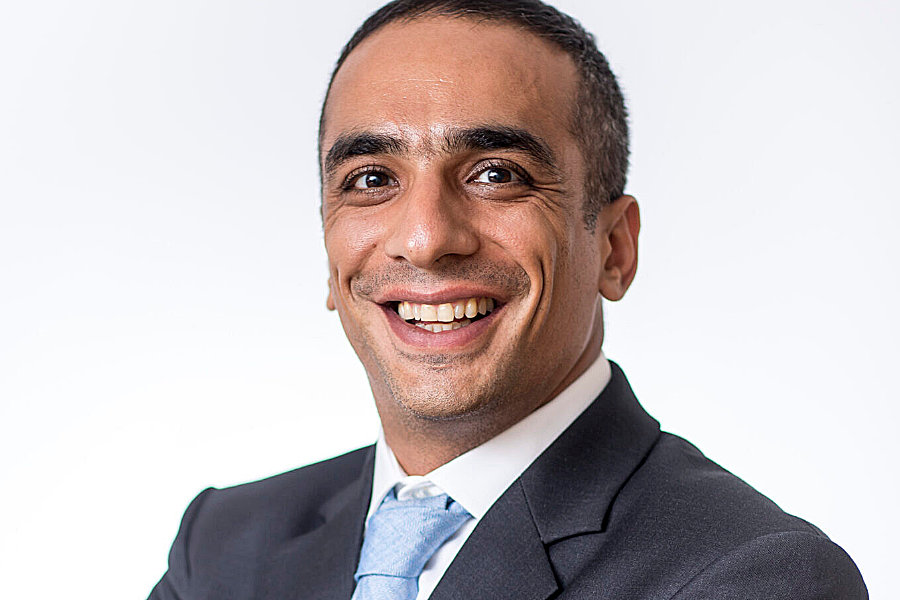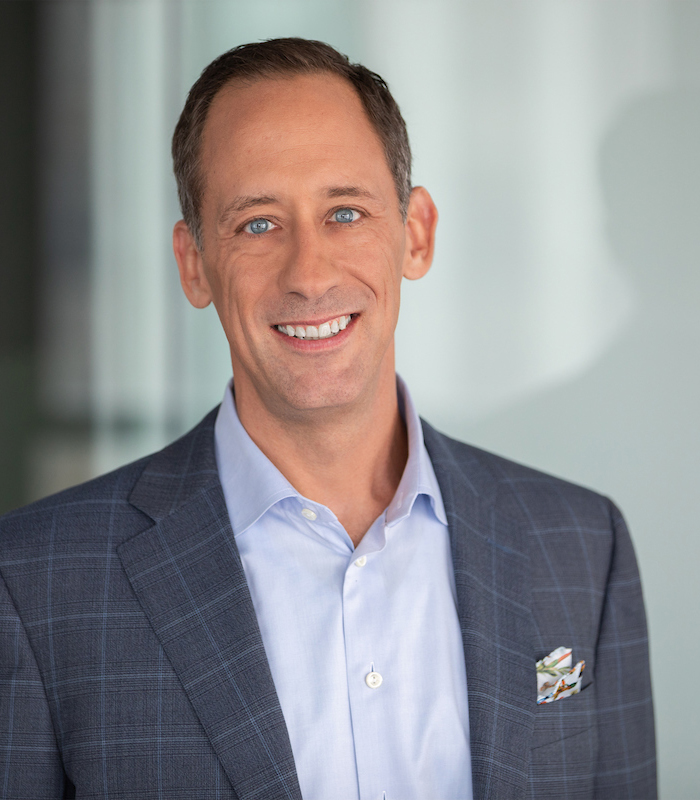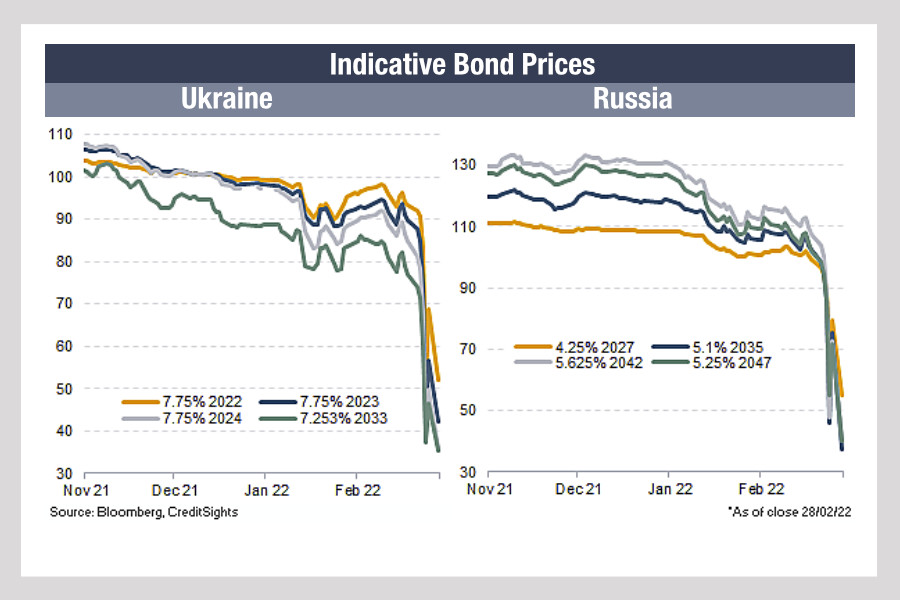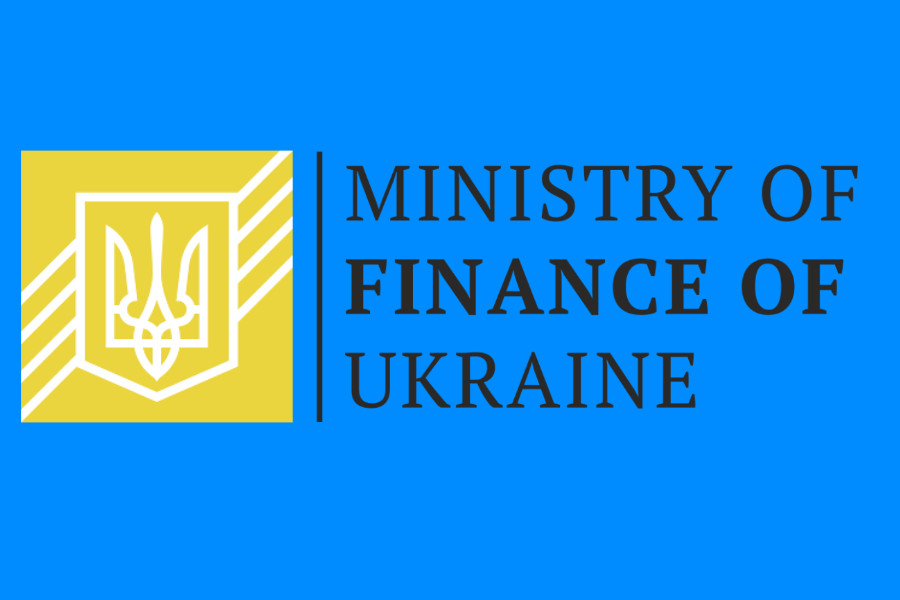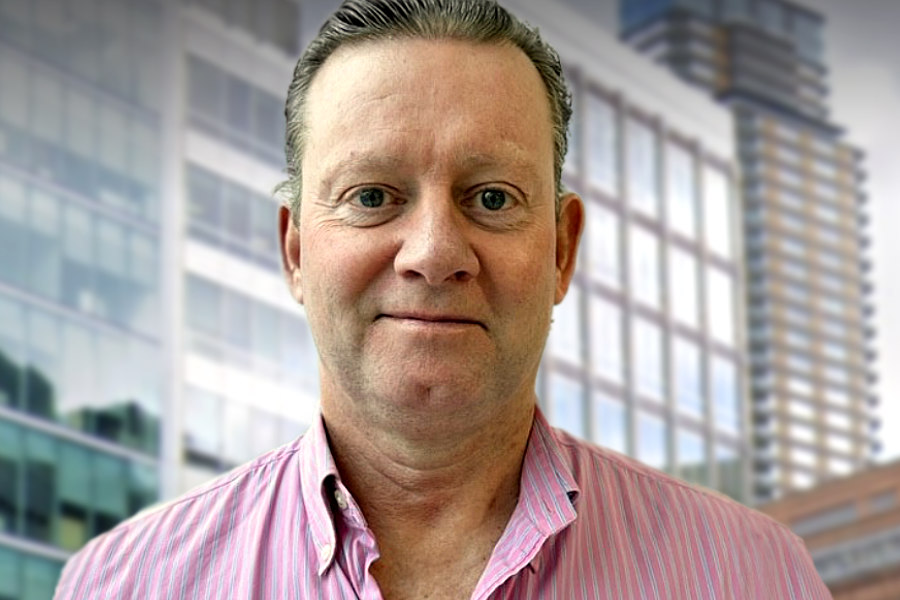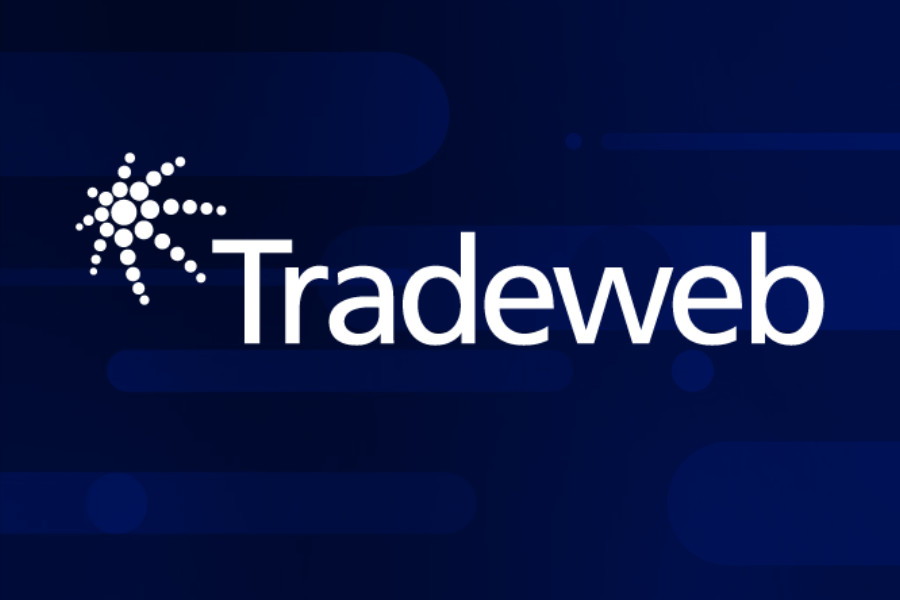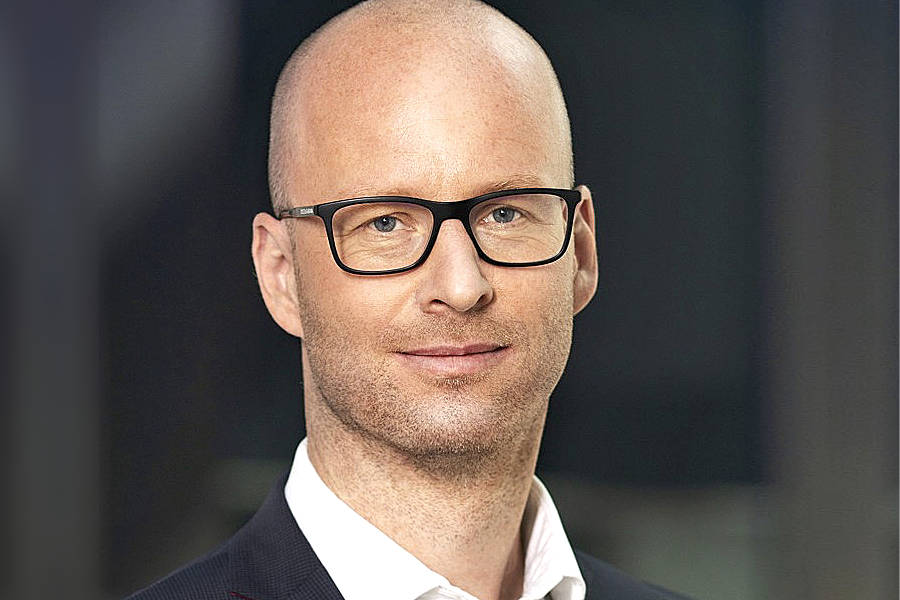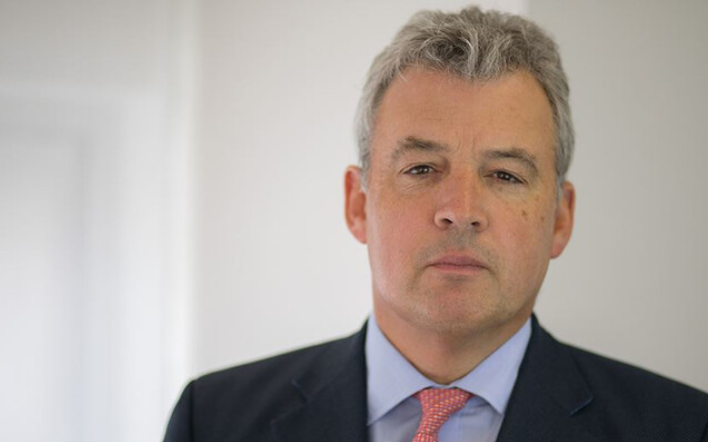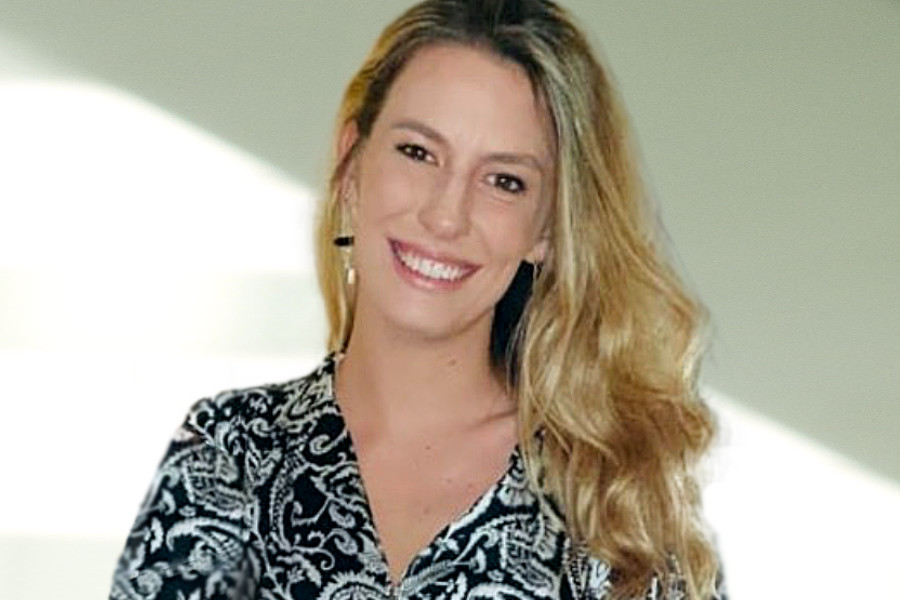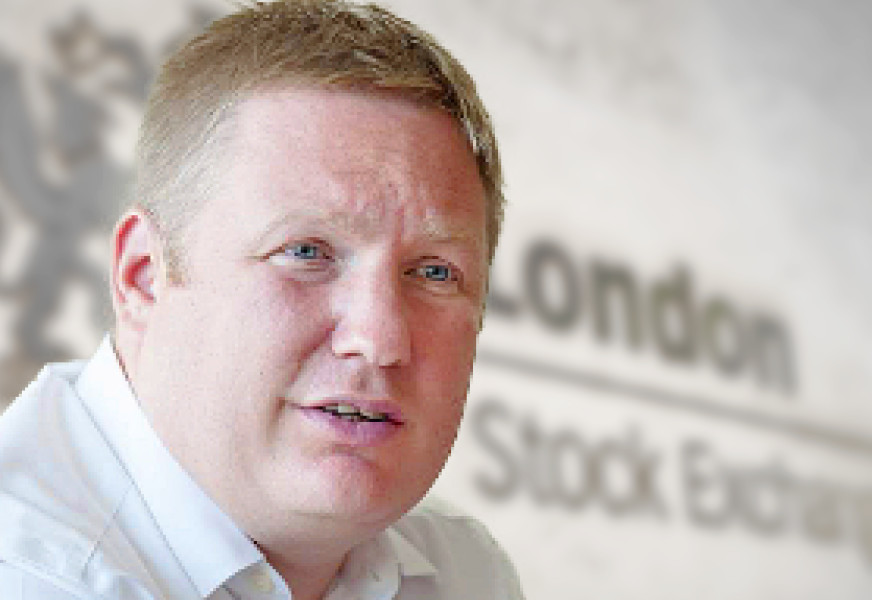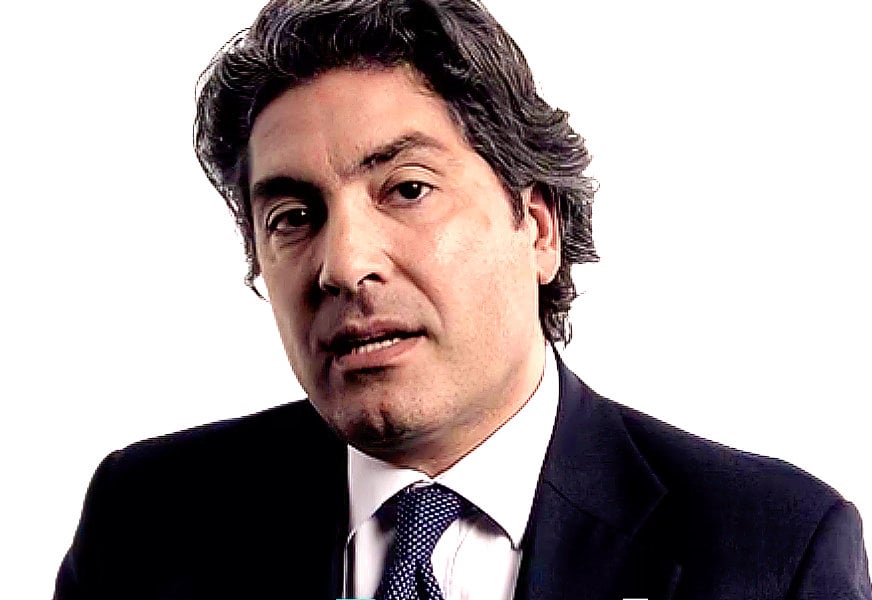 Lynn Challenger's command centre.
Lynn Challenger's command centre.
UBS AM’s trading team is designed to engage by choice, not necessity, allowing it to move in heavily directional markets for the advantage of investors.
In Q1 2020, UBS Asset Management saw profits rise 52% year-on-year to US$157 million, with US$33 billion of net inflows. Lynn Challenger, global head of trading and order generation at UBS Asset Management and O’Connor talks through the choices, experiences and tools that its trading teams have employed to support investors during this period.
How is the dealing team within UBS asset management structured to manage volatility events and market stress?
The trading team at UBS is structured both globally along each asset class to provide continuity of service across the different time zones, as well as regionally to provide cross-asset support within time zones. Our management team is structured with a single global head of trading (me), and three regional heads of trading covering all asset classes. Underneath this layer of management, we have specialised teams of traders by asset class and security type, some being cross-asset specialists as well. With this structure our regional heads are able to rely on each other for support within each asset class across the different time zones. A portfolio manager in Singapore investing in an EMEA stock, is covered by a trader in London. The benefit of the regional multi-asset teams is that our regional managers can optimise their resources within their time zone on demand, thus providing cross-asset support functions to manage volume spikes within their region during their own time zones. With the larger team, the regional head can manage a spike in one area, by shifting the traders from other areas to support.
Within each region the regional managers can optimise their own resources and be empowered to solve a lot of their own problems. However, this structure also incentivises the leaders to work together, because they are jointly responsible for the global products. For example, a regional head will know that a fixed income project is going to benefit their team as well as the teams in other geographies. It keeps us all working closely together.

Has the team invested in any particular tools, technologies or skills which could be useful when markets get choppy?
We are making the traders’ workflow efficient, bringing information to the trader in a single decision point, so they don’t jump between the order management system (OMS), execution management system (EMS) and venues. Our EMS is FlexTrade and it does provide us with a single platform for all asset classes. We are investing a lot in expanding the EMS so it can handle every asset class that we manage; we can then have the traders move up and down liquidity curves and through products more efficiently because it’s so familiar with the workflow and how the systems work. We don’t have to cross train them on systems as well as products.
Where do you see automaton evolving the most today?
The shift from request-for-quote (RFQ) quoting to streaming quotes. Banks increasingly use machine-based quote-manufacturing. I can see areas of fixed income that will evolve into an FX-like market structure. As fixed income products shift to a more stream-based market structure, we can start trading them like an FX product (through aggregated streams). You do not need to RFQ 20 counterparties to give you best execution when you can stream those prices. Once products move to stream-based, we begin to implement more automation and develop even greater efficiencies for our team. Only a few brokers are streaming directly to clients today, but it will evolve as technology evolves on the buy-side, more than the sell side.
Therefore, we are using the algorithms and the automated trading functionalities that exist on major platforms, Tradeweb, Bloomberg and MarketAxess, to deliver some efficiencies. To truly automate our full workflow, we are focussing on how we get our tools to make the initial routing decision; to send to a trader first or directly to the platform. That would really free up the trader’s time to focus on the trades where they can add value.
How do you support and give guidance to your team?
Our goal is to be able to take any trader off the street and make them better, just by being part of the UBS ecosystem. A lot of work goes into figuring out the best tools and data sources we need, how to resource those teams, and then set the priority and deploy them. This is something that I do, but I don’t do it on my own. I appreciate the specialist knowledge of each team member and use our collective knowledge to formulate our strategy.
In fixed income markets and other illiquid asset classes, specialists have very strong views about what can potentially constitute best execution, how do you manage that?
We say there are two categories of best execution. One is the compliance process. Our goal is to ensure that we are following the best processes, and we make that oversight as efficient and effective as possible for the traders to deal with. The second part of best execution is to improve the process, to trade better. That’s where we really want to put our thinking; we can monitor how we are trading but it doesn’t mean we are trading the best. It’s no longer just a compliance matter, it’s actually a performance issue.

During the recent sell-off what experiences were you able to draw upon and how did you apply those?
Knowing that relationships matter. It is critical to have well established relationships between our leadership teams and the relevant leadership teams at the banks; between the PMs and our traders; and at a high level between my boss and the global heads at our major counterparties. This keeps us engaged through the crisis and ensures a high level of service, when resources may be scarce. Communication is critical between us and the banks and us internally.
Finally, understanding cost factors. As you go from a low volatility to high volatility regime, you have to make sure that your people are thinking about duration verses impact costs. When you are dealing with VIX at 70 or spikes in volatility across the market, the amount of time you are taking working that order is adding a lot of risk to the order. Conversely, we are an US$850 billion asset management firm, and if we don’t pay attention to impact costs our size could create unnecessary volatility. It is a delicate balance.
Were there particular market events from which you could draw upon with your experience?
The global credit crisis (GCC) of 2008/2009 saw a lot of the same freezing of fixed income markets. We saw a lot of the same patterns in trading from 2008/2009 that we saw this time, and the experience of 2008/2009 helped us because we were able to start paying attention to what we expected central banks to do. We forecast that out to try to understand when that was going to happen, knowing when we thought the market would turn back on once it was off, to help us with our liquidity management.
How has current working in the Covid-19 environment impacted your management of the team?
Given I manage a global team, a lot of what I do is already meeting with people on Skype or virtually. It’s the nature of a global team. So I may have felt the impact a little less than the regional heads as this crisis meant everyone was working from home – virtual management. But my role certainly expanded to things as mundane as checking everyone’s broadband connections, to make sure they had a bandwidth, and if they didn’t to remind then to upgrade, spend the money.
Also, it was critical for me to make sure people were safe, and where some had to come into the office fairly late into the quarantine, making sure they stopped taking public transportation and got taxis or drove. I would also say that helping to promote and maintain communication. I’m a big advocate of persistent chat rooms, so all the regional trading desks have chat rooms. I can also join a lot of the rooms and be part of the information flow.
Which chat tools do you use?
Skype and Bloomberg. Skype is internal and Bloomberg is for external. We are currently in pilot mode with a tool but it’s not rolled out enough to be a major asset for us at this point.
How would you characterise the contribution of your trading desk to the overall investment process?
On a quantitative approach we focus on every single basis point. A portfolio manager needs to think about maybe a two-year investment horizon in which they want to make thousands of basis points of return on their investment. Our job is really to focus on every single basis point because we trade trillions of dollars of securities a year. One basis point saving is US$100 million dollars of savings that goes to our client. It’s a big number we can save our client, that US$100 million goes into their assets under management fee, so it’s a win-win for the firm.
On the qualitative side, our contribution to really ensuring that the PMs have the opportunity to transact on alpha generating opportunities. Making sure we are getting access to all of the trading opportunities that are available. This way the PM has every opportunity, without spending the time paying attention to every single ticket in the market, to actually take advantage of what’s going on and maintain the long-term strategy of their portfolio.
Were their good opportunities for you in the recent volatility?
Under normal circumstances if there is brief market correction that takes the market down 5%, a lot of fundamental PMs will not trade on that, because they have a longer term view and a small dislocation isn’t really meaningful. But what happened with Covid-19 was a real change in the markets, so we were very active and breaking volume records every day. PMs were very active in repositioning themselves to make sure they were aware of what sectors were going to play out in this crisis by adjusting their portfolios. During that time we were getting so much volume it was really all hands on deck executing, and giving feedback to the portfolio managers on what’s happening with the stocks they are interested in. Everyone was hyper engaged and working together.
What would you say were the best points and the worst points about that situation?
I would say the best point is that the time and effort we put into our systems so that traders can really see the market, with real time P&L for traders. All the work we had done had paid off as we were able to manage all the volume that came in and perform better than we had expected on the quantitative front. We have fewer traders today than we did four years ago, but we were able to handle twice the average volume and perform better than we expected.
What were the toughest points?
Definitely getting people help, and making sure they were set up to trade from home. Some people were very proactive and a bit more tech minded, and they were able to get their home set up. They were excited to do it. Others we really had to help to get their home trading platform set up. Simple things like making sure people’s headsets worked with their laptop.
Which technology and data investments do you think have the most potential for buy side traders today?
Streaming liquidity is a really interesting evolution that’s going to hopefully reduce costs. When you request for quote (RFQ) you signal to the market you are going to do a trade which damages your position and the person who is going to win that trade. Streaming liquidity you can see without having to tell anybody you are trading, so no-one knows the bank that wins the trade.
Consolidating market data will be really big. The more efficient, more automated and the more information we can get and then push that upstream to PMs the faster and better decisions they can make in the right CUSIPS to go buy. Knowing in advance which banks will have inventory and the best price before I get a quote from them, rather than just guessing/forecasting.
Lastly, post-trade data will be a differentiating factor. Who has been active? Where have we been trading? When we ask for a quote where does the price move after that? Being really clear of the dynamics that exist in the trading process and who has the inventory so we can be efficient and precise in how we trade. Then the EMS in fixed income ought to bring all of that together into a single decision point.
What is your view of the plans for a consolidated data tape?
Is there a plan? What the US has done in equities with national best bid offer is great, getting the information together and showing where the market is, that is obviously really helpful. More so than double liquidity caps or things like that, it’s really just giving the transparency of the pricing that’s the key.
Regulators need to realise that we are professional traders that are seeking out the best way to trade an order, and we are going to find it. They can change how things work but I think they would be better served working alongside us and asking us, and working with us to figure out what regulations they want that would be more effective, than just mandating a concept.
How are market maker relationships changing?
The ETF market makers are driving change in fixed income; their lack of huge balance sheets tied to a desire to trade a lot has presented us with an opportunity to interact with these market makers in a more symbiotic manner. As we demand liquidity from these market makers they give us feedback and tell us which CUSIPS and trades would actually reduce their balance sheet, so in a way we are demanding but supplying liquidity at the same time. Because of such limitations they are really incentivised not to warehouse risk and they are trying to get it off their balance sheet. That’s going to be a unique factor in how we manage relationships even with the larger banks.
We’re looking for a utility-like function for index-funds to access the market as cheaply and efficiently as possible and partnering with brokers to do that. Now we have got to look at structurally changing the rest of the market, to figure out how to make it more efficient. We have to listen to brokers as to what their costs and their structure is, and help to make changes together to drive efficiencies and lower costs.
On the cash side, banks or brokers are able to manage risk differently than we can. We manage trading risk within constraints, and we can transfer that risk to someone who has different constraints so a cash trading broker dealer will always be there and a valuable asset for the buy side.

What do you think the role of trading platforms are going to be in the future in the fixed income space?
The all-to-all platform is going to have a lot of success. You can’t just rely on these huge balance sheets transferring risks into a very efficient price, because there are limitations now. The other thing platforms do well, better than that the rest of us, is they create standards and uniformity. I can’t imagine a bank trying to stream to 50 different clients with 50 different protocols, it’s much easier just to go to one. There will always be that layer of easier-to-use intermediary venues.
The EMS’s role in fixed income should be to harmonise the workflow for RFQs, routing, API integration, etc. For example, MarketAxess has API integration to FlexTrade so you can control the functions of MarketAxess from FlexTrade. A strength the EMS is going to bring to us, is the ability to be efficient across all the different trading styles.
Do you see the capacity for a smart order router for fixed income in the future?
If we start to understand who we think is going to have the liquidity via streaming and we further develop our analytics, we have more intelligent indicators of who we think is going to give us the best price that would help develop a ‘smart broker selector.’ An agency broker dealer could offer that service, or you could build it yourself. The evolution of the agency broker dealer in the fixed income space is going to be interesting.
Biography:
Lynn Challenger is global head of trading and order generation at UBS Asset Management and O’Connor, having joined the firm in 2016 from Bridgewater Associates, where he was head of execution trading. He has previously held roles across the buy- and sell-side including managing director of global trading at Mellon Capital Management and Director of FX Options Trading at Dresdner Kleinwort, having started trading at Swiss Bank in 1991. He has a BA in Business Administration and Management, Finance and Accounting from the University of California, Berkeley.
©TheDESK 2020
TOP OF PAGE

